Supreme Court Instructs Stronger Enforcement of Anti-Ragging Policies in Universities
- ByAdmin --
- 31 May 2025 --
- 0 Comments
Ragging in educational institutions has long been a critical concern in India, leading to psychological trauma and even tragic loss of life. In a landmark directive, the Supreme Court of India has reiterated the urgent need for stringent enforcement of anti-ragging policies in universities across the country. This article delves into the legal framework governing anti-ragging measures, the Supreme Court’s recent instructions, and the implications for universities and students.
Background: The Menace of Ragging
Ragging refers to any act that causes physical or psychological harm, harassment, or embarrassment to a student, especially freshmen, by seniors or peers within an educational environment. The practice has evolved beyond harmless initiation rites to severe bullying and abuse, sometimes resulting in injury, mental health issues, and suicides.
Recognizing the gravity of this issue, the Indian judiciary and legislature have taken progressive steps to curb ragging through legislation, regulations, and judicial rulings.
Legal Framework Governing Anti-Ragging
The Indian Penal Code (IPC)
- Section 506 (Criminal Intimidation): Provides for punishment for threatening any person, which can be invoked in cases of ragging-related threats.
- Section 323 (Voluntarily causing hurt): Applicable when ragging involves physical assault.
The University Grants Commission (UGC) Regulations, 2009
The UGC formulated “UGC Regulations on Curbing the Menace of Ragging in Higher Educational Institutions, 2009” which mandates:
- Establishment of Anti-Ragging Committees and Squads in all universities.
- Formation of Anti-Ragging Cells and monitoring mechanisms.
- Strict punishment, including suspension or expulsion for offenders.
- Mandatory affidavits from students and parents affirming non-involvement in ragging.
The Prohibition of Ragging Act, 1997 (State-Specific)
Several states such as Maharashtra, Tamil Nadu, and Karnataka have enacted specific laws to criminalize ragging, prescribing penalties including fines and imprisonment. For instance:
- Maharashtra Prohibition of Ragging Act, 1999 defines ragging and prescribes rigorous imprisonment up to two years and/or fine up to Rs. 10,000.
Supreme Court’s Directives on Stronger Enforcement
In recent rulings, including the landmark case of University of Kerala & Ors. v. Council, Principals, Colleges, Kerala & Ors. (2009), the Supreme Court has emphasized zero tolerance towards ragging. The Court underscored that ragging violates the fundamental rights of students under:
- Article 21 (Right to Life and Personal Liberty) of the Constitution of India.
- Article 14 (Right to Equality), ensuring non-discrimination and protection from humiliation.
Key Directives Issued by the Supreme Court
- Mandatory Compliance by Universities: The Court directed all universities to strictly implement the UGC Regulations on anti-ragging.
- Vigilance and Monitoring: Institutions must create vigilant Anti-Ragging Committees comprising faculty, students, and local authorities to ensure constant monitoring.
- Immediate Action on Complaints: Complaints of ragging must be investigated promptly, and offenders punished without delay.
- Awareness Programs: Universities are required to conduct awareness campaigns to educate students and staff about the consequences of ragging.
- No Tolerance for Non-Compliance: Universities failing to adhere to these measures face punitive actions, including withdrawal of recognition and funding.
Implications for Universities and Students
For Universities
- Institutional Responsibility: Universities are legally responsible for the safety and dignity of students. Failure to act can lead to severe legal consequences.
- Policy Implementation: Universities must ensure robust implementation of anti-ragging policies, with clear reporting and redressal mechanisms.
- Collaboration with Law Enforcement: Active cooperation with police and local authorities is critical to curb ragging incidents.
For Students
- Legal Recourse: Victims of ragging can approach Anti-Ragging Committees or file complaints directly with the police under relevant IPC sections.
- Protection of Rights: Students are entitled to a safe learning environment, free from harassment and intimidation.
- Role in Prevention: Students should act as proactive stakeholders by reporting ragging and participating in awareness programs.
Conclusion
The Supreme Court’s strong stance against ragging reiterates that educational institutions must foster safe and respectful environments for learning. The existing legal framework — through the IPC, UGC Regulations, and state laws — combined with rigorous enforcement, can serve as a robust deterrent against ragging.
It is incumbent upon universities, students, and authorities to work collaboratively to eradicate ragging. Compliance with the Court’s directives not only protects students’ constitutional rights but also promotes an inclusive, supportive academic atmosphere essential for holistic development.








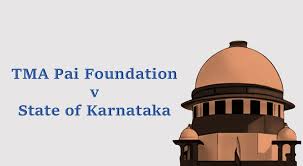


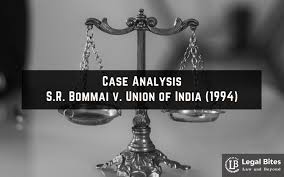








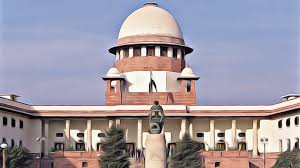

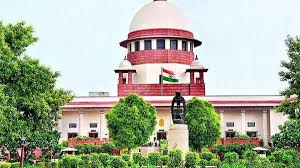









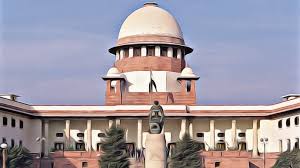




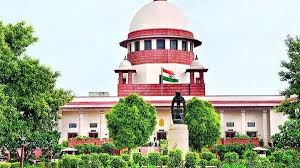




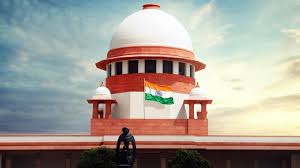



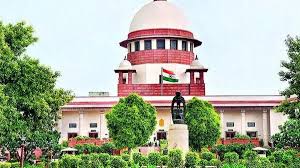


















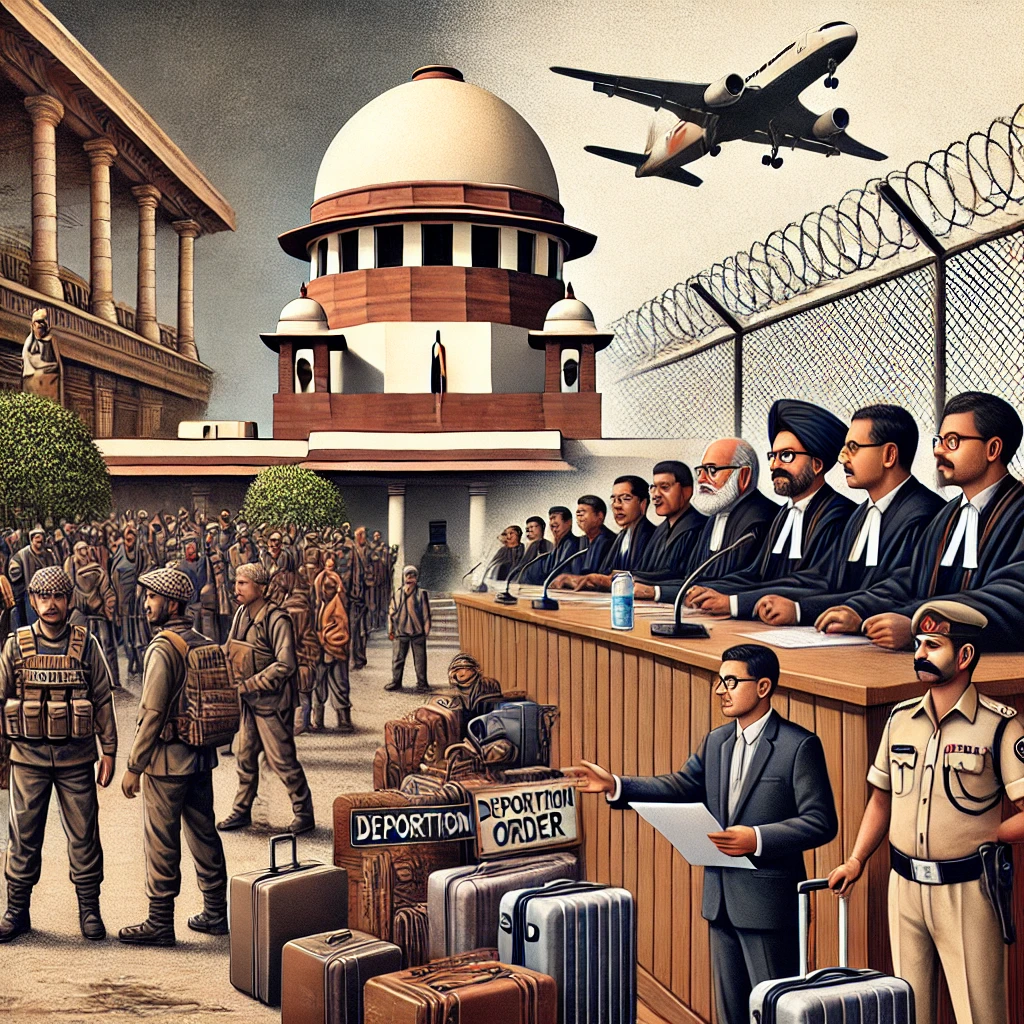
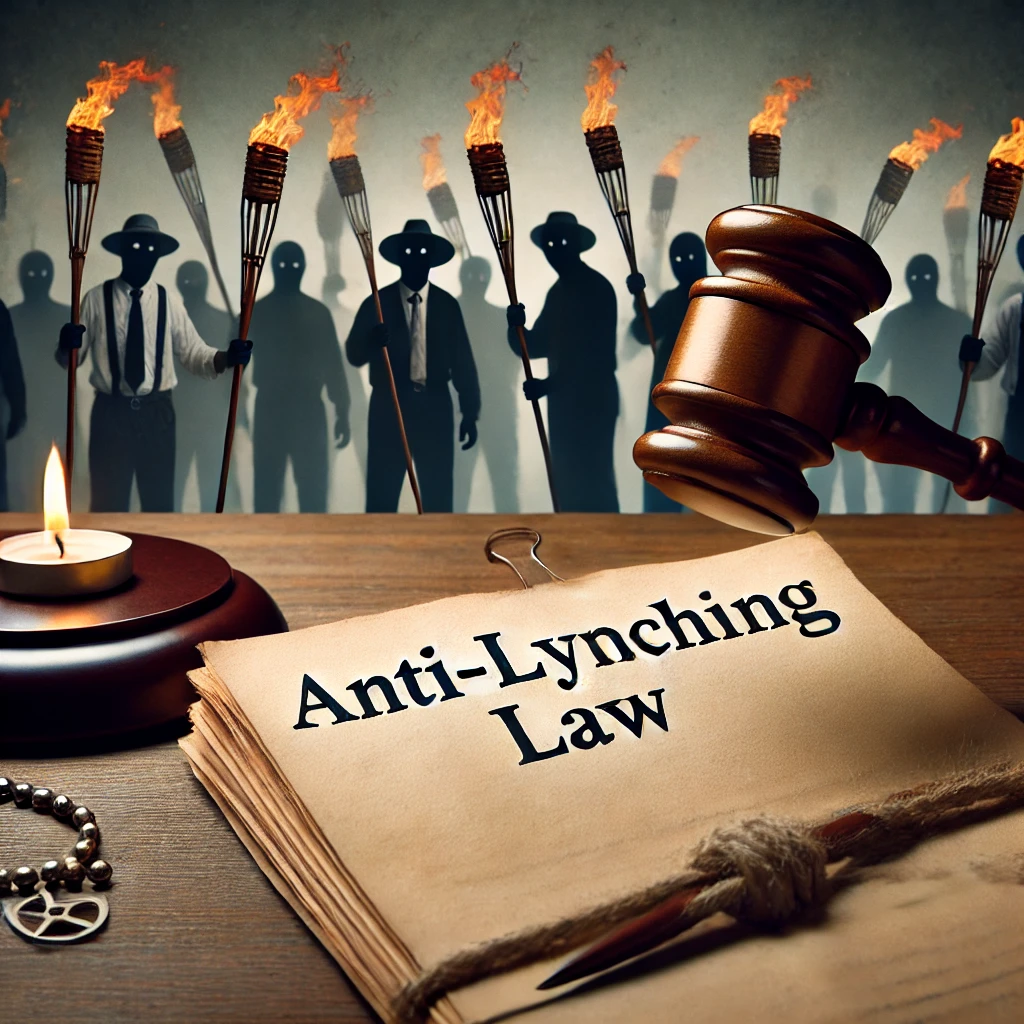
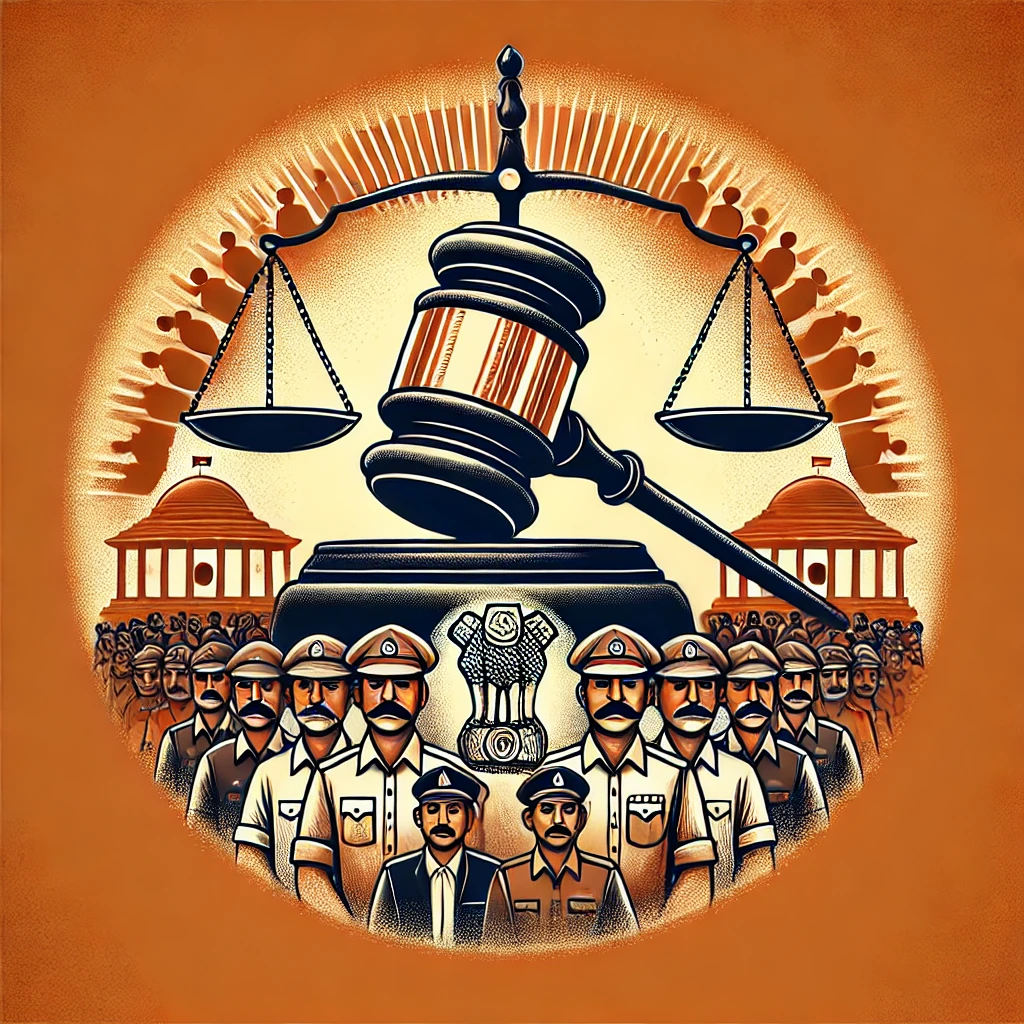






























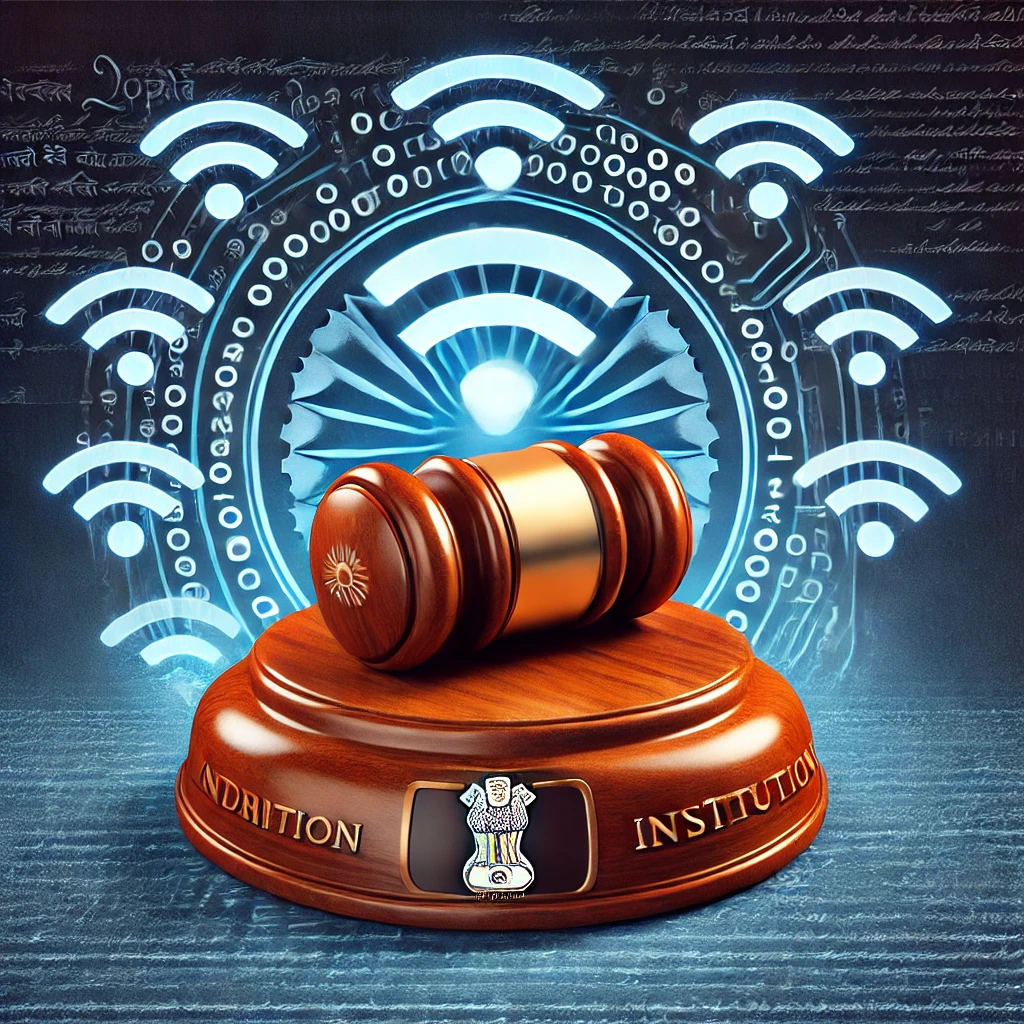


































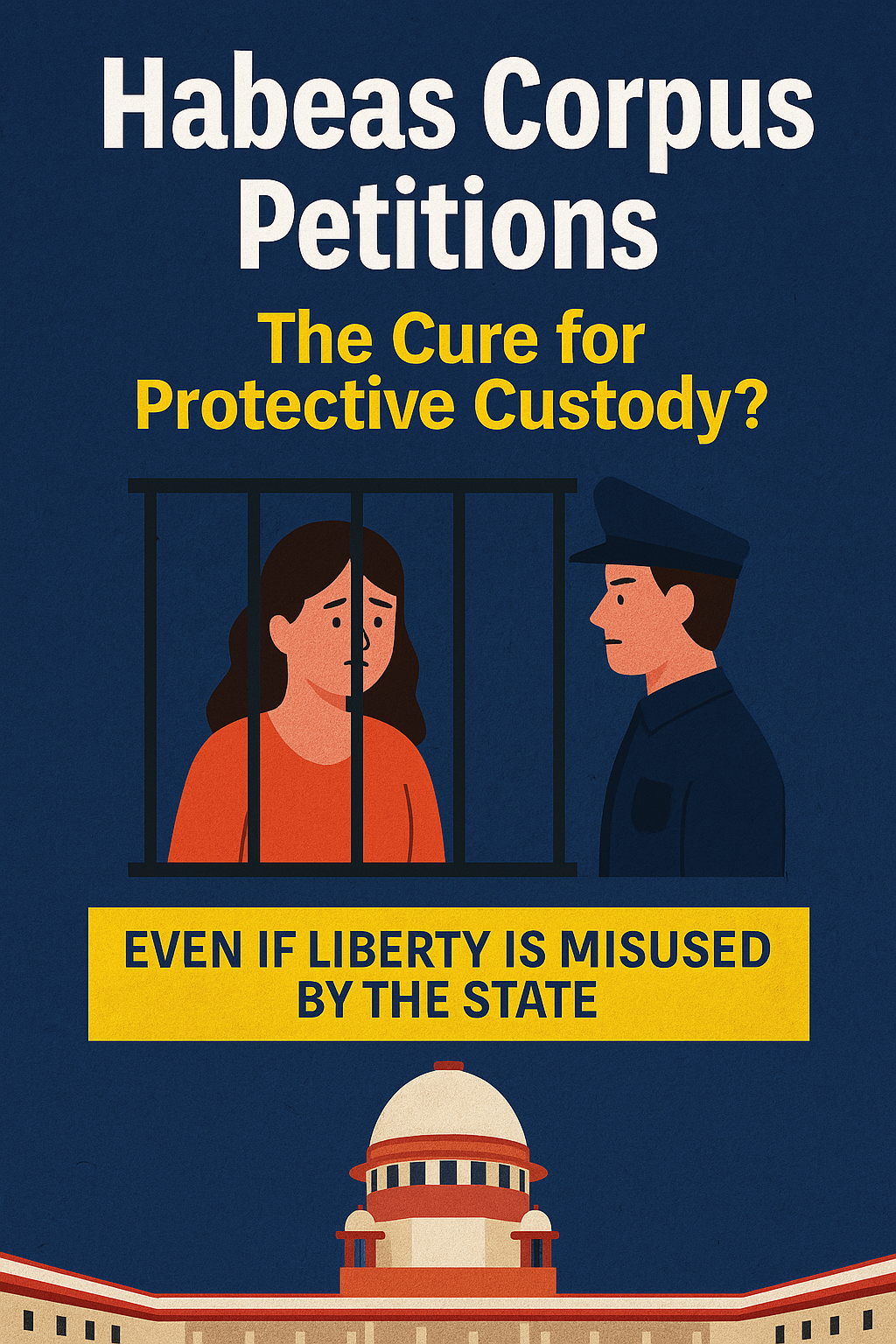


























































































































































































































































































































































































































































































































































































































































































































































































0 comments